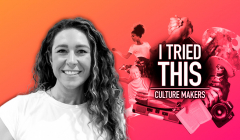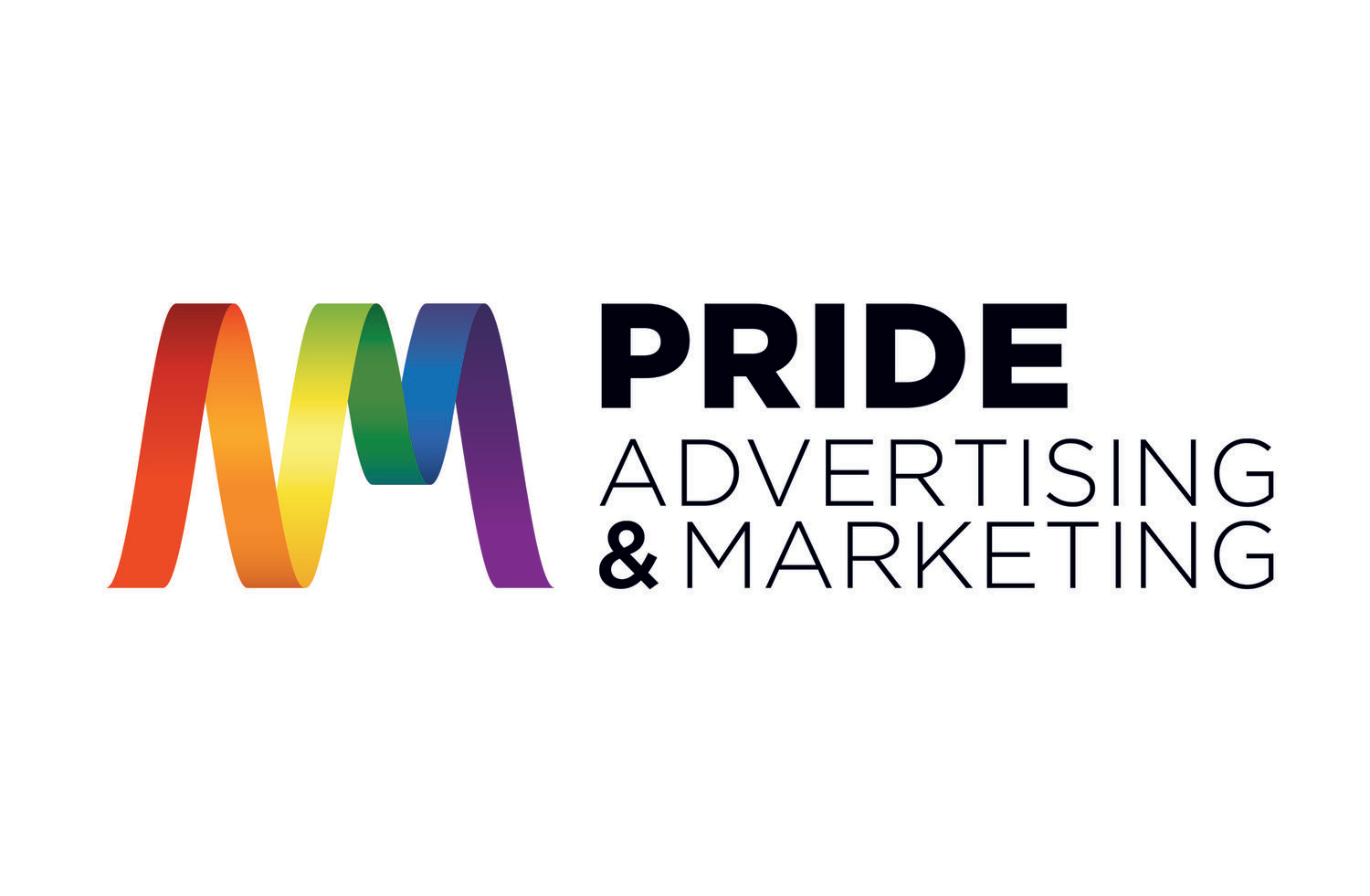
What film photography has taught me about the fundamentals of advertising
Joanna Barnett, Strategy Director at Truant shares how photography has helped broaden her perspective

When it comes to advertising leaders shaping culture beyond the realms of the industry there are few better examples than Mark Runacus, who as chair of PrideAM has led the creative charge pushing for better LGBT+ representation.

“Advertising is part of the fabric of our society and it plays an important role in creating role models,” says Mark Runacus MBE and Co-Founder of Wax/On. Runacus is talking about PrideAM, the LGBTQ network founded in 2015 to “represent the LGBTQ community and ensure that they were supported”. As chair of the network Runacus has been instrumental in bringing about change across the industry, principally in the representation of the LGBTQ community.
This commitment has been acknowledged by Runacus’ recent recognition in the Queen’s birthday honours list, where he was awarded an MBE for services to advertising. It is a monumental and well-deserved award, yet when he received the letter, his first thought was that it was a hoax. When asked if the week following the announcement had been any different, Runacus laughs and reveals that “it’s all been very normal, usual day to day stuff. Although it might be different when I see my mum tomorrow.”
The recent introduction of the new ASA guidelines around gender stereotyping are reflective of a progressive step-change in the industry. But, when it comes to LGBTQ stereotyping and representation, there is still a long way to go. In fact, 52% of consumers believe that the LGBT+ community is invisible in advertising according to research from UM. This is why Runacus believes networks such as PrideAM are so vital for the industry: “[Our purpose is] lobbying brands and their creative and media partners for better LGBTQ representation in advertising…because for too long advertising has been bereft of LGBTQ role models.”
Advertising is part of the fabric of our society and it plays an important role in creating role models.
Mark Runacus
Marketing was a job that Runacus only came to in the second wind of his career, having begun his working life as a journalist when he was 18. He has fond memories of reporting from the court rooms and trawling through the journalistic law book on the bus. It was only upon reapplying to university and completing graduate training in marketing that the agency world beckoned.
He quickly realised he was, by his own admission, “the anxious planner” having not followed a traditional route into the industry. “I don’t have the credentials, I didn’t do a degree in psychology, I didn’t work for Unilever,” he explains. Having spent many years agency side, he reveals he reached a point where “my own insecurities and anxieties meant that I decided that my future didn’t lie in the big Accenture.” His concern, however, was that “I might struggle with people who don’t get my little eccentricities.”
So, he set about finding his business partners, which as he revealed, should not be taken lightly: “Choose your business partners at least as wisely as you choose your life partners.” Partners found, Wax/On was born, an agency which, says Runacus, wanted to bridge the siloed gap that the industry had found itself falling into: “We all agreed that we’d witnessed the disappointing silo behaviours of agencies in the way that media and creative had become disconnected…clients were not getting the best work and they were not getting the best value.”
Choose your business partners at least as wisely as you choose your life partners.
Mark Runacus
Runacus acknowledges that building internal workplace culture hasn’t always been at the forefront of his focus, having once been “genuinely cynical about all of the management textbooks that talk about culture.” But, with Wax/On, Runacus found it essential to “quickly identify some of the fundamental values that brought you all together that you want to cling onto” and then align these values with those of the clients they work with. The culture has to evolve as the agency naturally grows but these values, “to leave a positive mark on society,” must stay the same.
Runacus leads at Wax/On with a perspective and inclusive mindset that permeates the agency’s culture. It’s one that also extends to the “big, informal, energetic network” that is PrideAM. As a DJ “frustrated that I don’t get a chance to do it properly,” when he needs a bit of inspiration of his own, he turns to Stevie Wonder, whose picture he has taped to his desk. And if all else fails? “I put on I Feel Love by Donna Summer…and I dance my heart away.” A recipe to live by, MBE and all.
Outvertising, PrideAM’s comprehensive guide to producing LGBTQ inclusive advertising, examines case studies from across the industry, highlighting ROI alongside representation. The Second Edition iteration of the guide launched this week having previewed at Cannes Lions. Visit PrideAM’s website to find out more and download Outvertising.

I’m calling for over-representation...I will continue to shout about the business case for this: it drives, greater, more profound engagement. It sells.
Mark Runacus
Looks like you need to create a Creativebrief account to perform this action.
Create account Sign inLooks like you need to create a Creativebrief account to perform this action.
Create account Sign in